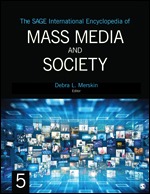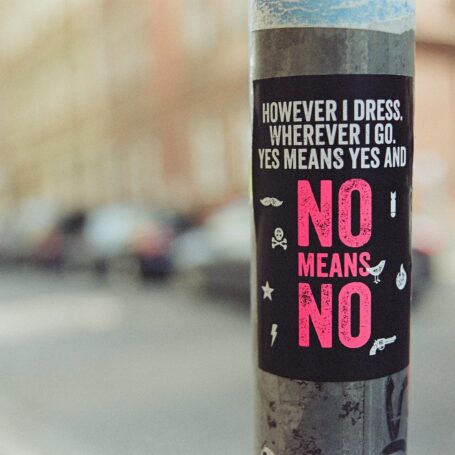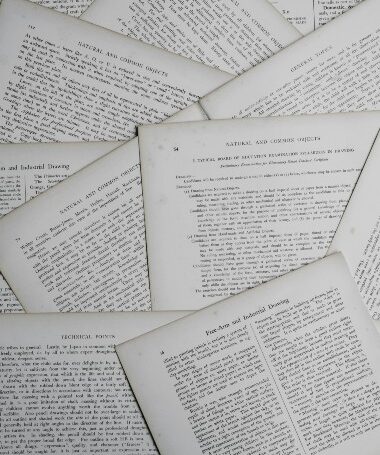Sizing Up a ‘One Size Does Not Fit All’ Mass Media
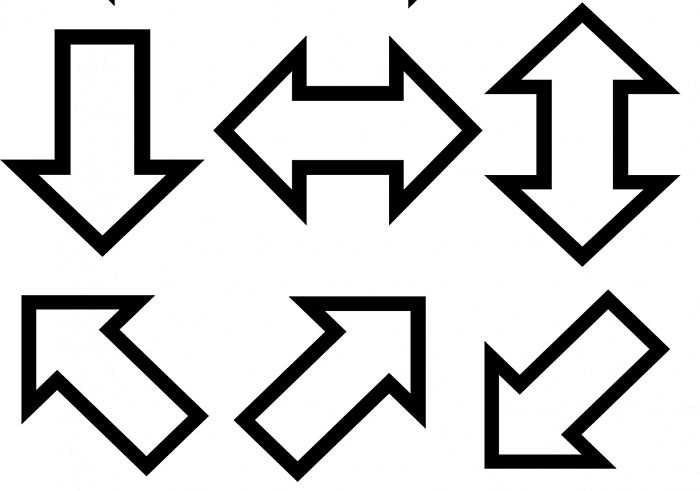
If you were going to create an encyclopedia about “mass media,” your first task likely would be to define both words in the term. Doing so was immeasurably easier in the 1920s, when the term “mass media” first started making the rounds, but it’s grown corresponding harder as both the popular conception of ‘mass’ has mutated and the very media itself has evolved from purely paper to heavily broadcast to OMG online.
These are some of the very real-world issues Debra Merskin, a professor of media studies in the School of Journalism and Communication at the University of Oregon, faced in compiling the newly published SAGE International Encyclopedia of Mass Media and Society. She tackles the question head-on in the introduction to the set, noting that mass media definitely includes discussion of the technology but also the messages that any medium conveys, how that affects the audience, and how message recipients in turn feed back into the process. “One size,” she writes, “does not fit all when discussing media.” (In this vein, one of Merskin’s earlier books was Media, Minorities, and Meaning: A Critical Introduction.)
Acknowledging the scope of the task is one thing. Addressing it is another. In order to include as many perspectives –disciplinary, demographic, technological, economic, etc. – as possible, Merskin cast a wide net for contributors, drawing in, as one example, writers from almost every country on the planet, mirroring an effort to include an entry on media for every nation. Those hundreds of contributors created more than 700 individual entries in the five-volume set, led by Merskin and associated editors from South Africa, the United Kingdom, and Hong Kong. On a disciplinary level, the encyclopedia draws from well beyond communication and media studies, tapping expertise in sociology, anthropology, social psychology, politics, history, and business.
We talked with Merskin about the encyclopedia, both the mechanics of the cat herding involved and issues swirling around any discussion of media these days.
An encyclopedia is definitionally a collection of smaller pieces to make a whole. So looking at the resulting mosaic you’ve created, what is it a picture of – i.e. what story does this tell me about mass media today?
I hope it shows a snapshot of mass media, media studies, and media systems in all their complexity – as international, theoretical, experimental, methodological, and practical. What happens in media, apart from history — which also should be told with a critical eye — is changing every minute. However, we attempted to capture a picture of the global media scene today with an eye to the future. It is vast, deep, and broad in scope.
How do you keep a project like this up to date during the process of compiling it? I ask because it seems in media in particular the rise and fall (and possible rise again – looking at you, Cassette Tapes) of platforms, technologies, laws and genres is rapid and commonplace. Or is ‘future-proofing’ even a goal?
During the writing process authors were encouraged to update their entries at the many editing stages. This also is why we include “history of” type entries and, as you say, the rapid speed of change can easily move a technology from current to historic in a matter of days. However, what constitutes new technology in one age doesn’t disappear, rather, technologies build on what came before. Thus, all entries can be read as either forward looking, present constructs, or historical reflections on the process of communicating. I do hope we can update the encyclopedia in a couple of years, offering that opportunity to authors.
How much do debates about mass media, such as ‘fake news’ in the United States, affect the encyclopedia? Where do you draw the line between including a debate and excluding it?
These important terms are included in the encyclopedia as points of discussion. Whenever possible we ask authors to include different perspectives on something such as “fake news,” who calls it that, what constitutes it, and what the implications are for it. Also within entries such as theories and methodologies, authors speak to benefits and drawbacks of the concepts.
Draw the line? I’m not sure we do. If an entry read as advocacy, we would ask the author to edit it to a more neutral voice given that it is for an encyclopedia, designed to give as neutral as possible view of a topic. At the same time, if it is a topic of controversy, we’d expect different sides to be discussed, different constituencies represented.
Could you also flesh out the role of reporting on impact in the encyclopedia? It seems quite easy to fall into a trap of reporting on history and application, or on the theory and its examples, and calling the day done without even touching on impact.
By impact do you mean media effects? If so, yes, we asked all authors writing about theory, law, policy, or other aspects where there is an effect (and with media and communication, of course, we hope it all has some effect) to discuss implications.
That is one of the special parts of our instructions to authors, not only to give an overview of a technology, theory, method, policy, or nation’s media, but also a discussion of impact.
I know you’ve made a particular effort to include minority voices. While I appreciate the idea of the ‘mass’ in mass media may have influenced past discussions, why do you think we didn’t see an examination of minority voices often in previous compendia? And in that vein, could you expound the discussion of what constitutes ‘mass’ in your introduction?
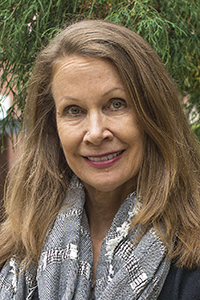
That’s a tricky term indeed, particularly as media become ever more focused. It’s a traditional word that will no doubt be modified in years to come. Originally “mass” had to do with large, undifferentiated audiences – which really never applied. But it could also be thought of in terms of a message available simultaneously to large numbers of people, less as a sea of similarity and more in terms of, for example, a release date for a song to everyone who wants it, the launch of a new film or television program, rather than as an individual subscription.
The decision to try to include minority media outlets (‘minority’ used not numerically but rather as access to power and resources) was intentional. Not only is it my teaching and research perspective, that all voices and faces should be present and heard, but also is the socially responsible thing to do when writing and publishing. This means not only those who constitutes minority populations in the U.S., but also in the many other nations included in the book. We asked authors to address in nation-focused entries, minority voices and media whenever possible. Also, specialized publications/channels, critical race theories, and organizations representing minority voices are included as important key terms in the encyclopedia.
The geographic diversity of project — and I do see ‘international’ in the title – is admirable. How did that affect writing about larger topics that differ across locales (say, Humor or Newspaper Journalism)?
Thank you, indeed the breadth and depth of this collection is extensive. It took a tremendous amount of outreach on the part of all editors, SAGE staff, and authors to locate individuals who could write about the media in their countries — we attempted to find authors for every country in the world. We did quite well in that regard.
Within that, we asked authors to discuss not only historical aspects of media in their nations, and all industries, but also any minority voices in as well, as pertains to their nation. In addition, authors of other entries, you use “humor” or “newspaper journalism” as examples, were encouraged to include global examples. For example, not just humor in American media but how humor is used and appears in as many nations as possible. This means the psychology of humor as well as idiosyncrasies in the use of and audiences for it, around the world.
And could you describe the cat-herding involved in contacting/coordinating/coercing your broad cast of international contributors?
It took a village, an extensive, dedicated, committed village of editors, co-editors, and amazing staff at SAGE to make this happen. SAGE has a sophisticated tracking system that worked really well in terms of getting contracts to new authors, assigning deadlines that generated automatic reminder emails, and provided submission, review, and response opportunities all done on line. The systematic management system worked very well as there are literally hundreds of people involved in the project. Most entries are single authored, but some are co-authored and that required coordination on their parts as well.
I see your background is in advertising. I come from the editorial side of newspapers and magazines, and I know we don’t always appreciate our cousins on the revenue-raising side. Is there any similar divide on the academic front?
There are many divides in academia (qualitative versus qualitative people; social versus hard science people). And yes, in schools of journalism and communication there are certainly if not divides, then tensions between those whose research and teaching emphasize teaching applied skills courses and those who are more theoretical (although I would argue critical thinking and theory ARE skills). Many years ago I moved from the advertising part of the curriculum to that of media studies, focusing on media literacy and critical viewing of media content. While my primary understanding in terms of the industries is in advertising, I see the value of applying literacy skills to all forms of communication, using as many research methods as possible when conducting research, and working to bridge divides within our field.
